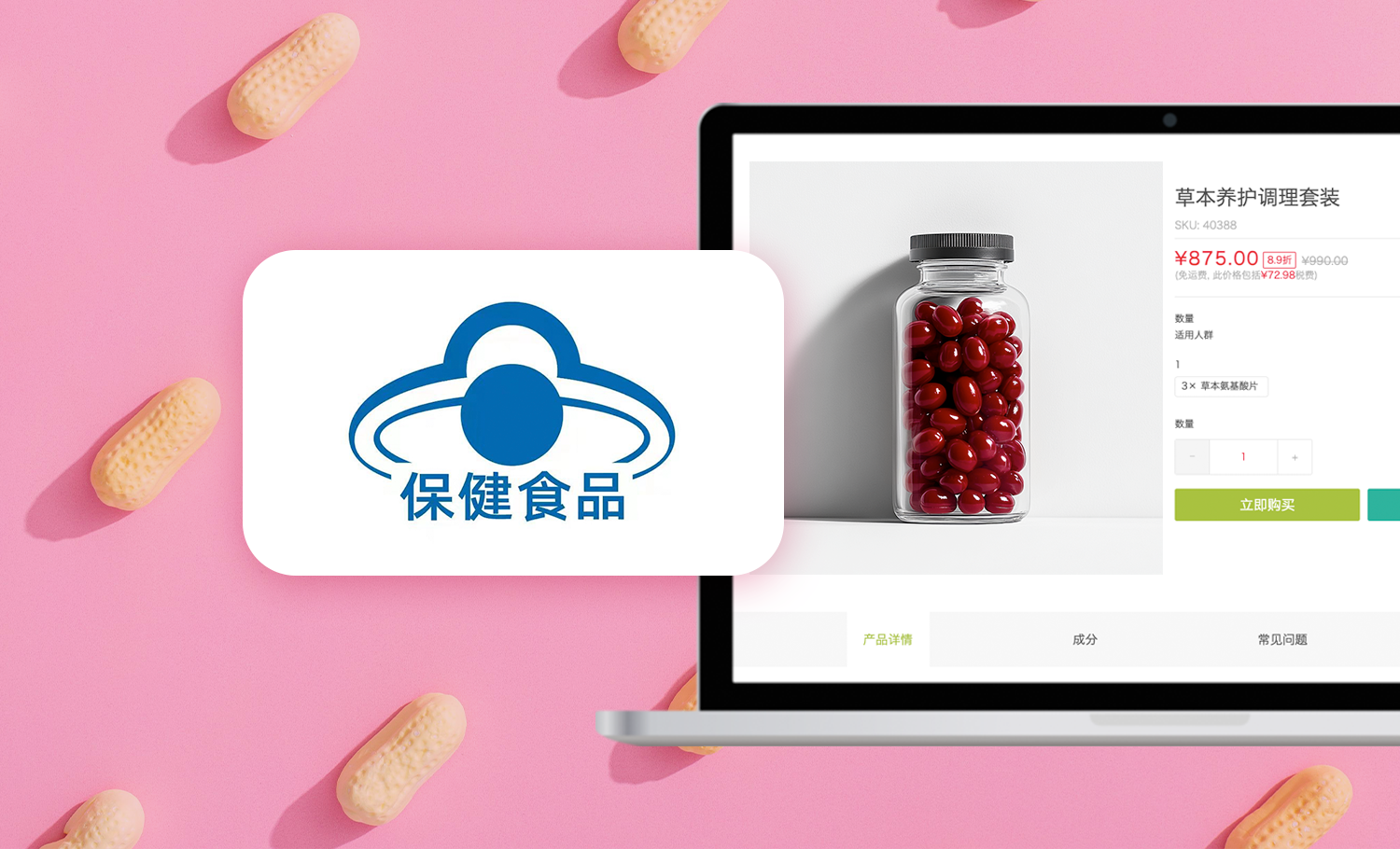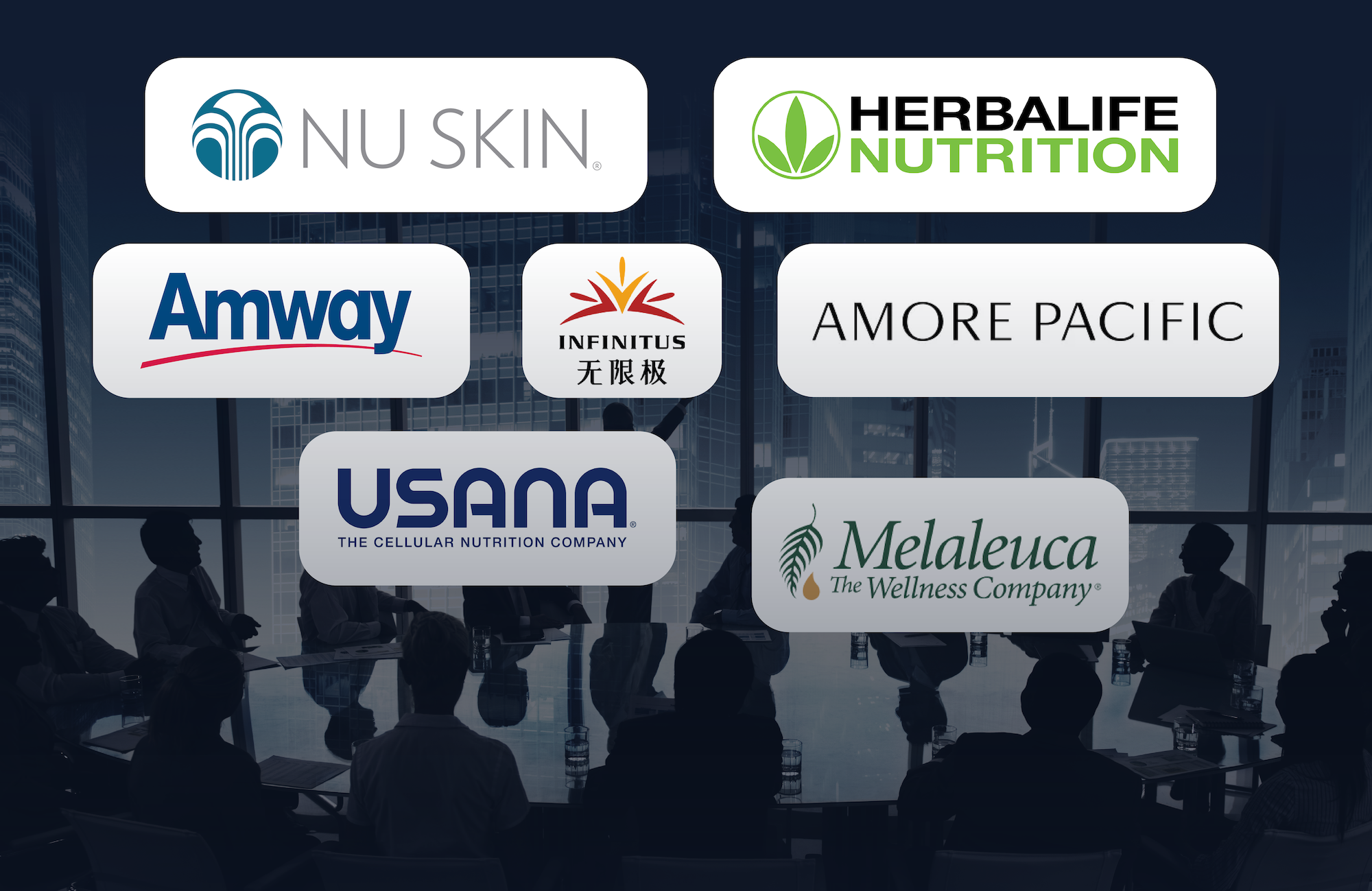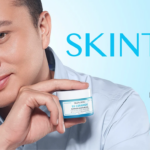China’s National Medical Products Administration has released a new policy framework titled Opinions on Deepening the Reform of Cosmetic Regulation and Promoting High-Quality Development of the Industry, outlining one of the country’s most comprehensive regulatory redesigns in recent years. Issued on November 17, the document sets modernization targets for 2030 and 2035 and introduces 24 reform measures intended to strengthen scientific oversight, streamline administrative processes and build a more internationally aligned cosmetics governance system.
According to the accompanying official policy interpretation, the reform blueprint is structured around five core areas:
| Area | Focus of Reform |
|---|---|
| 1. Innovation Support | Building mechanisms that accelerate new raw-material development, testing innovation and regulatory science capacity. |
| 2. Registration and Notification Reform | Improving efficiency, transparency and digitalization across filing and review workflows. |
| 3. Production and Supply-Chain Oversight | Enhancing risk-based manufacturing supervision and strengthening quality and safety controls across the value chain. |
| 4. Technical Standards and Safety Evaluation | Upgrading national standards, expanding testing methods and advancing modernized toxicology and risk-assessment systems. |
| 5. International Alignment | Promoting regulatory convergence with global systems, advancing harmonized terminology and methodologies and supporting broader international cooperation. |
This policy package signals a long-term restructuring of China’s cosmetics regulatory environment, with implications for how products are developed, assessed and brought to market over the next decade. The reform framework was first released for public comments on September 19 this year before being formally issued, underscoring the regulator’s intent to gather industry input before moving toward implementation.
Let’s break down the 24 proposed measures at a high level and outline what this new policy direction means for international cosmetics brands evaluating market entry into China.
China's policies are highly industry and situation-specific. TMO can help you minimize risks and navigate regulatory frameworks with China-expert Digital Compliance Services.
Highlights for Foreign Cosmetics Brands
Several of the proposed reforms carry direct implications for overseas brands assessing China as a strategic growth market. Beyond improving administrative efficiency, the measures signal a shift toward a more transparent, science-driven and internationally compatible regulatory landscape.
a) Easier new product launches for international brands
China traditionally requires imported cosmetics to demonstrate a proven sales record in their home market before becoming eligible for local registration. The new reform proposes waiving the “proof of market availability” requirement for products launched first in China, suggesting that global companies may be able to treat China as a primary launch market without first establishing sales elsewhere.
b) Reduced duplication of documentation for brand families
Allowing products with similar formulation systems to share technical data lowers the overhead for multinational brands managing large SKU portfolios and frequent reformulations for the Chinese market — for example, products that differ only in ingredients such as colorants or fragrance can rely on shared safety documentation rather than resubmitting full datasets for each variation. In addition, for cosmetic products that need to be re-registered when its manufacturing site has changed, companies may reuse the previously submitted technical documentation.
d) Gradual movement away from animal testing
The push for reduction, substitution and optimization of animal testing, along with expanded alternative methods that may create a more predictable environment for cruelty-free brands, even if exemptions are still category- and risk-dependent.
e) More international alignment in raw-material management
The dynamic update mechanism for permitted raw materials could make it easier for global brands to introduce ingredients already recognized as safe abroad, reducing historic barriers linked to China-specific raw-material catalogs.
Together, these developments indicate that China’s regulatory environment is shifting toward a more structured, internationally interoperable system, an evolution that may benefit foreign entrants with strong compliance capabilities and well-established scientific documentation.
TMO has over 7 years of experience offering Health and Beauty-tailored strategies for China entry and eCommerce growth.
Overview of the 24 Proposed Reform Measures
1. Increase Support for Innovation in the Cosmetics Industry
The NMPA proposes several measures aimed at accelerating innovation across functional cosmetics, first-launch products, aging-care solutions, labeling systems, personalized services and overall industry capacity. The focus is on removing procedural barriers, encouraging new product types and enabling more flexible, consumer-aligned models within a controlled regulatory framework.
- (1) Expedite registration of new functional cosmetics by enabling immediate review, establishing a pre-registration consultation mechanism and adjusting classification rules and catalogs as needed.
- (2) Encourage first-launch products in China by waiving proof-of-market-availability requirements for products produced overseas but launched first in China, supporting the country’s “first-launch economy.”
- (3) Promote cosmetics for the elderly (“Silver Economy”) by supporting R&D, clinical research on skin aging and the registration of products designed for elderly consumers’ specific needs.
- (4) Advance electronic labeling through the introduction of digital cosmetic labels, updated labeling rules and improved data management systems to support intelligent and green industry development.
- (5) Support personalized cosmetic services by allowing enterprises to provide simple on-site mixing and repackaging for ordinary cosmetics under controlled, standardized conditions.
- (6) Increase industry support mechanisms by encouraging provincial authorities to introduce supportive policies, foster innovation, promote green and low-carbon development and help build internationally competitive Chinese brands.
2. Improving the Efficiency of Cosmetic Registration and Filing Management
This section focuses on streamlining China’s registration and filing system through clearer rules for raw materials, reduced duplication of technical data, faster review cycles and more flexible management of efficacy claims. The goal is to make the regulatory process more predictable while maintaining safety and quality standards.
- (7) Enhance the review system for new cosmetic raw materials by improving classification rules, strengthening technical evaluation standards and establishing a full-process support mechanism including early consultation and dynamic optimization for eligible materials.
- (8) Reduce duplication in cosmetic registration and filing by allowing products from the same brand with similar formulation systems to share technical safety data, and permitting previously submitted data to be reused when products are re-registered due to production-site changes (except for microbiological and physicochemical tests).
- (9) Improve technical review quality and speed by establishing a joint review mechanism between national and provincial authorities, delegating part of the review work for special cosmetics to qualified provincial regulators and shortening review timelines for changes to special cosmetics from 90 working days to 60 or 45 days depending on risk level.
- (10) Upgrade the safety assessment system by promoting research into advanced safety-assessment technologies, improving technical guidelines, strengthening lifecycle safety-management responsibilities for enterprises and enhancing overall scientific rigor and applicability of assessments.
- (11) Optimize efficacy-claim management by allowing companies to independently choose suitable test methods (except whitening, sun protection and hair-loss claims), enabling data sharing for similar products within the same brand and guiding the standardization of labeling terminology through strengthened industry self-regulation.
3. Improve the Regulatory Mechanism for Cosmetics Production and Sales
This section strengthens oversight across manufacturing, distribution, online operations, adverse-event monitoring and post-registration controls, aiming to build a risk-based and digitally enabled regulatory system that safeguards product quality throughout the entire lifecycle.
- (12) Implement tiered, risk-based supervision by assessing each enterprise’s quality-management and risk-control capabilities so regulatory resources can be allocated more efficiently.
- (13) Strengthen production-quality management by optimizing enterprise production systems, extending QMS requirements to off-site warehouses, adapting standards for intelligent manufacturing and establishing a professional competency system for quality and safety personnel.
- (14) Enhance online-business supervision by upgrading the National Cosmetics Online Business Monitoring Platform, improving risk-identification capabilities and tightening enforcement against unlicensed sales, prohibited additives and self-formulation.
- (15) Improve adverse-reaction monitoring by upgrading the national platform, strengthening data-quality processes, enabling broader sharing of monitoring data and deepening scientific analysis to support stronger risk evaluation.
- (16) Expand extended supervision of registration and filing by reinforcing verification of submitted data, conducting inspections of testing institutions when needed and building a full-chain risk-prevention and control system.
4. Strengthen Technical Support and Safeguards for Cosmetics Regulation
This section focuses on improving the regulatory system’s underlying capabilities, including workforce development, standards, regulatory-science research and digital infrastructure, to ensure that China’s cosmetics governance can scale with industry growth and evolving scientific requirements.
- (17) Build regulatory workforce and capacity by enhancing training, strengthening the professional structure of review and inspection teams, improving coordination and resource sharing across regions and supporting provincial involvement in special-cosmetic reviews and raw-material consultations.
- (18) Improve the national standards system by accelerating the development of unified and authoritative cosmetic standards, prioritizing mandatory safety standards and addressing weak links such as raw-material safety control, efficacy evaluation and emerging technologies.
- (19) Deepen regulatory-science research through major research programs focused on safety assessment, innovative products, raw materials and risk warning, while improving mechanisms to transform scientific research outputs into practical regulatory tools, methods and standards.
- (20) Strengthen digital and information-technology capabilities by expanding intelligent regulatory functions, enabling full-process online government services for enterprises, upgrading the cosmetics-regulation app, improving data archives and promoting the use of AI in filing, production and operational supervision.
5. Promote the Alignment of Cosmetics Regulation with International Standards
This section focuses on deepening China’s integration with global regulatory systems, advancing international standards, reducing reliance on animal testing and improving the management of permitted raw materials to support smoother cross-border regulatory convergence.
- (21) Deepen international exchange and cooperation by participating in global regulatory organizations, improving mechanisms for tracking and responding to international regulatory developments and promoting convergence and trust in cosmetic regulations.
- (22) Enhance the internationalization of standards by accelerating the adoption and transformation of internationally accepted standards, aligning domestic standards with global ones and strengthening China’s participation and influence in the development of international cosmetic standards.
- (23) Accelerate reduction and exemption of animal testing by applying the principles of reduction, substitution and optimization, starting with specific categories like hair perming and non-oxidative dyes, and expanding the use of alternative test methods to gradually reduce reliance on animal testing.
- (24) Optimize the management of permitted raw materials through a dynamic updating mechanism that incorporates internationally recognized raw materials with established safety histories into China’s permitted raw material catalog.
Policy Outlook for International Brands
According to the State Council’s announcement and data from the China Association of Fragrance Flavour and Cosmetic Industries and other organizations, the country's cosmetics sector has grown into a 1.07 trillion-yuan (USD 151.6 billion) industry, making it one of the world’s fastest-expanding beauty markets at a 2.8% CAGR.
The country now hosts over 20,000 licensed cosmetics enterprises, with the number of registered or filed products exceeding 2.2 million. Against this backdrop, the newly issued reform document signals a clear shift toward closer alignment with international standards, greater regulatory transparency and a more open operating environment for foreign brands. As China modernizes its technical systems and strengthens global convergence, overseas companies with strong compliance capabilities are likely to find smoother, more predictable pathways into the market.
If you are looking for an eCommerce Agency to support your global expansion, TMO has vas experience in helping international brands implement a successful entry strategy for Health and Beauty Products. Reach out to us to discuss how we can support your China Entry project.














